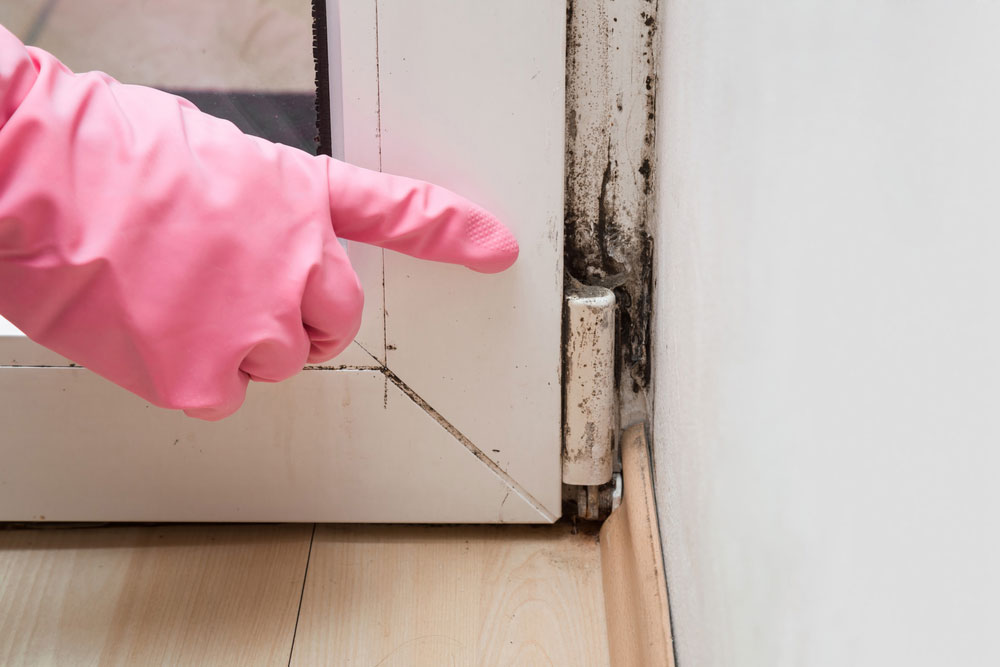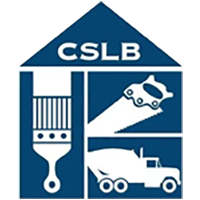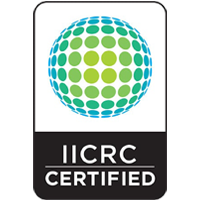
Initial Assessment
Inspection: The first step in professional mold remediation is a thorough inspection of your property to identify all areas affected by mold. This involves using specialized tools to detect hidden moisture and mold that might not be visible.
Assessment Report: After the inspection, a detailed report is prepared outlining the extent of the mold infestation, the types of mold present, and the damage to your property.
Containment
- Preventing Spread: To prevent the spread of mold spores during the cleanup process, the affected area is sealed off using plastic sheeting. This containment is crucial to maintaining the quality of indoor air in other areas of your building.
- Negative Air Pressure: Professionals may also use negative air machines that filter out mold spores and keep them from spreading to other parts of the property during the remediation process.
Air Filtration
HEPA Filters: High-Efficiency Particulate Air (HEPA) filters are used to clean the air of mold spores and other particulates. These filters are effective in trapping the particles that are too small for regular filters to capture.
Mold Removal
- Treatment of Infested Areas: Depending on the severity and location of the mold, different methods may be used. This can include physically removing infected materials, such as drywall or insulation, that cannot be salvaged.
- Antifungal and Antimicrobial Treatments: To eradicate mold colonies and prevent new growth, professionals apply antifungal and antimicrobial treatments to the affected areas and items.
Cleaning and Sanitizing
- Personal Items: Carpets, furniture, and curtains are cleaned and sanitized to remove mold spores. This step also involves removing odors and deodorization using fogging equipment or industrial air scrubbers.
- Disposal: Materials that are too damaged by mold or are too difficult to clean effectively are properly disposed of in accordance with local regulations.
Restoration
Repair and Reconstruction: The final step involves repairing or reconstructing parts of your property that were removed or damaged. This could include anything from minor repairs, like replacing drywall, to major renovations, such as rebuilding entire rooms.
Final Inspection
Ensuring Quality: After the remediation is complete, a final inspection is conducted to ensure that all mold has been removed safely and effectively. This includes monitoring the affected areas to prevent future mold problems.






